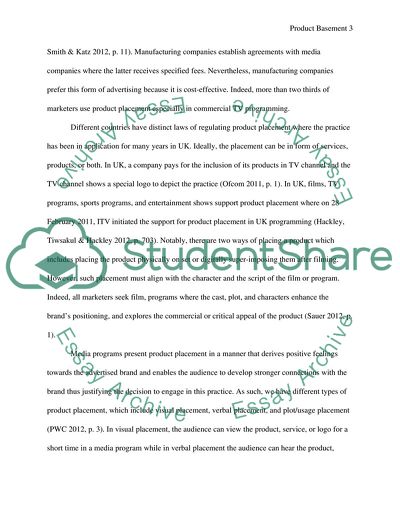Cite this document
(Importance of Product Placement Book Report/Review, n.d.)
Importance of Product Placement Book Report/Review. Retrieved from https://studentshare.org/marketing/1829977-product-basement
Importance of Product Placement Book Report/Review. Retrieved from https://studentshare.org/marketing/1829977-product-basement
(Importance of Product Placement Book Report/Review)
Importance of Product Placement Book Report/Review. https://studentshare.org/marketing/1829977-product-basement.
Importance of Product Placement Book Report/Review. https://studentshare.org/marketing/1829977-product-basement.
“Importance of Product Placement Book Report/Review”, n.d. https://studentshare.org/marketing/1829977-product-basement.


